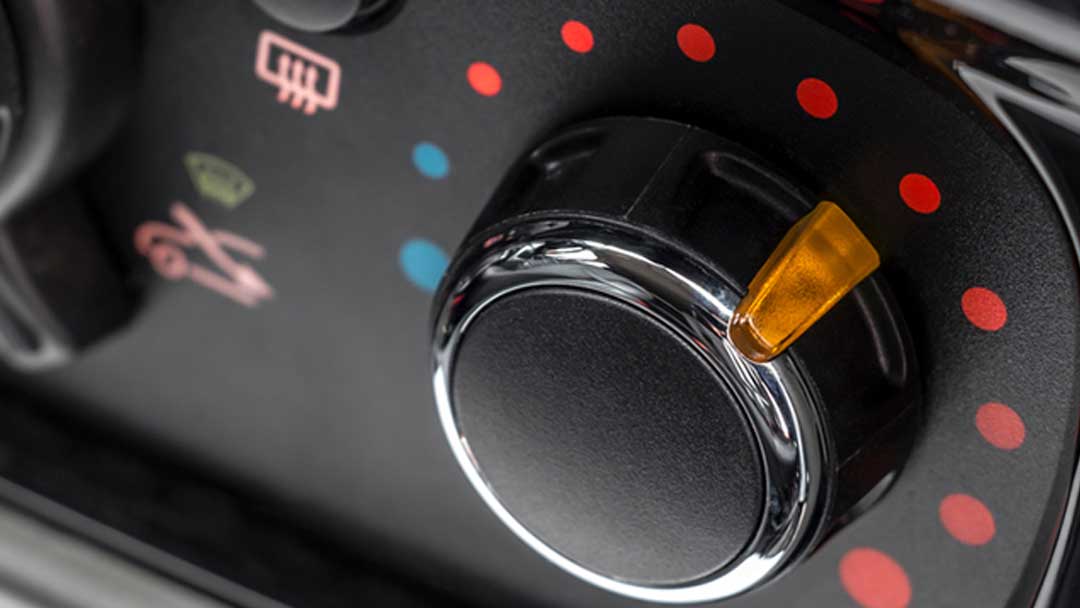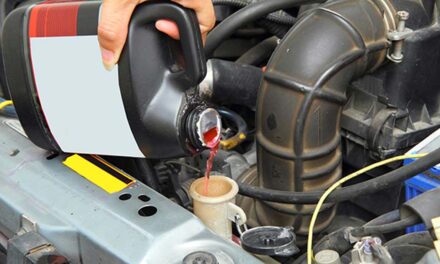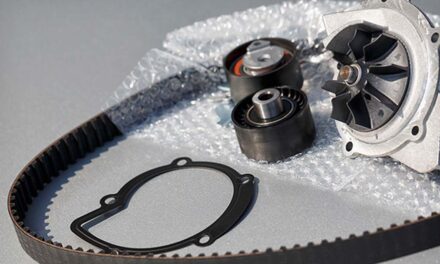Vehicle AC and heating systems have many common parts, which work synchronously to produce warm or cool air for the driver and passengers. Unfortunately, a single malfunctioning part or improper installation can result in failure or decreased capacity of the heating and air conditioning systems. Many auto technicians identify the vehicle’s cooling system as the culprit; however, this may not always be the case.
What Is Causing the Problem?
Both the vehicle’s AC and heating units use a fan to produce the blowing force for regulating inside-cabin temperature One electrical aspect – the blower fan resistor – can result in what appears to be a failure or partial failure of the blower motor as in the motor does not operate on all speeds but only on high.
Common Diagnosis of a Failed Blower Motor Resistor
If the fan motor only works on high speed, the likely culprit is the resistor. The resistor is not used when on high speed as the motor is using a full 12 volts from the vehicle’s electrical system. The resistor comes into play at lower fan speeds. Lower speeds require lower voltage. The resistor burns off the proper amount of voltage through increased resistance allowing a lesser amount of voltage to the motor, thus making it spin at a lower rpm.
How Do You Replace a Defective Blower Motor Resistor?
Replacing the defective blower fan resistor requires you to access the blower fan box. Locating the resistor can be the most difficult part as some are located and accessed from inside the vehicle and others are accessed from under the hood. To remove the resistor, locate it, unplug the resistor, and remove the screws holding it in place. Most are held in place with a few screws. To install the new resistor, reverse the removal process making certain the electrical connector is correct as well as the mounting matches the one being removed.









